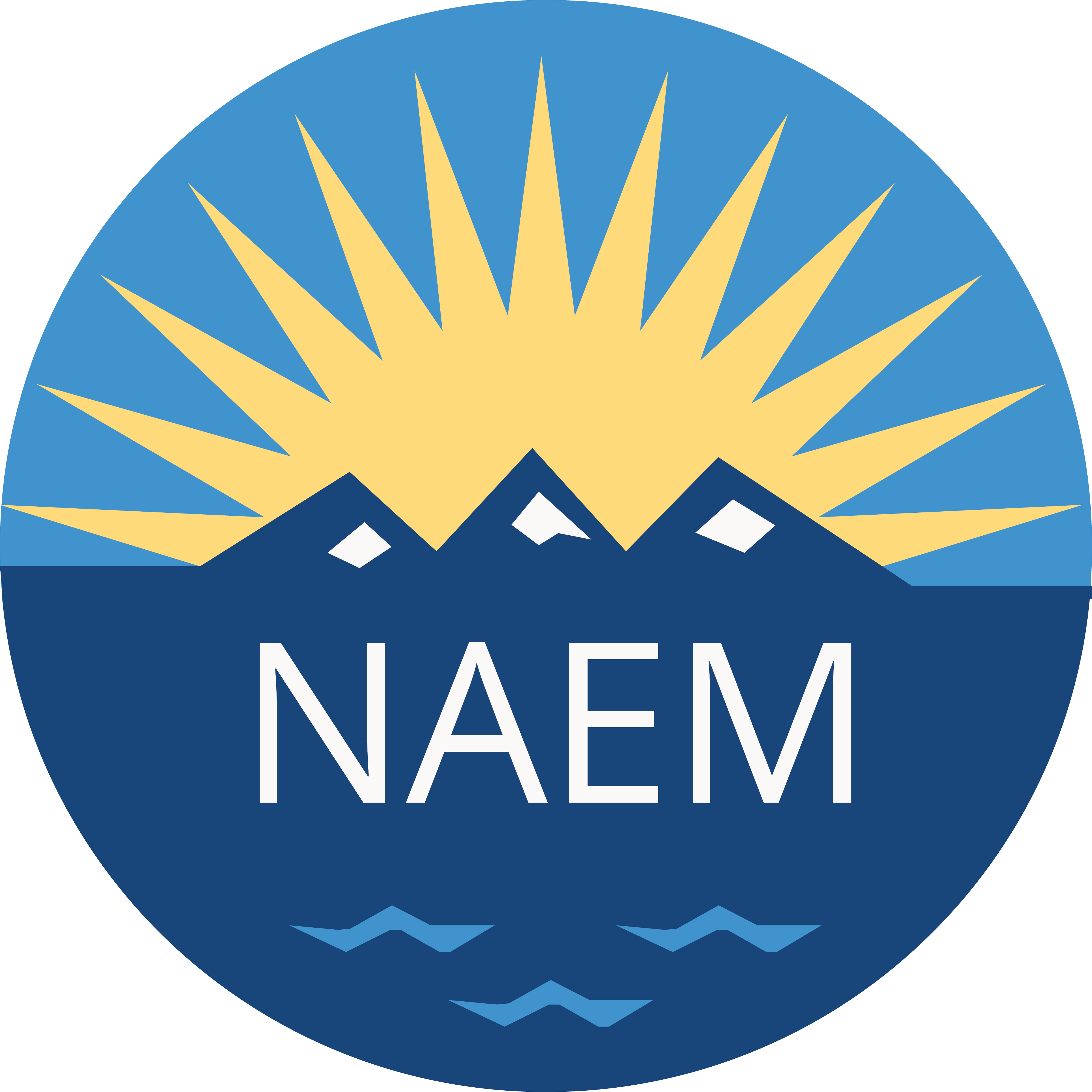Using Materiality to Clarify Sustainability Priorities
By Sandy Nessing
Director of Sustainability & ESH Strategy & Design for American Electric Power Co. Inc.
Companies are besieged with surveys, ratings, rankings and stakeholder demands for greater transparency and disclosure of their environmental, social and governance (ESG) performance. The demand for information is overwhelming and made more difficult by the varying needs of a wide range of stakeholders. Faced with limited resources in a world where some disclosures are mandatory and others are not, how do you break through the “noise”? In a word, materiality.
It’s not a new concept; it is well understood by the financial community and by companies thanks to established rules, processes and systems that are in place to comply with financial reporting mandates. But when you add sustainability to the mix, does materiality take on new meaning? I would argue that applying materiality to financial and nonfinancial performance together brings both into sharper focus.
Many companies struggle with prioritizing their disclosure because audiences for sustainability performance and financial performance can vary widely. As a result, there has been a rush to report an overwhelming amount of immaterial sustainability data that are not comparable or benchmarkable from company to company, or sector to sector. Now, as the Global Reporting Initiative, Sustainability Accounting Standards Board and the International Integrated Reporting Council shine the spotlight on materiality as the basis of reporting, we can finally get on the same page and start speaking the same language. By doing so, we’ll also put our resources to more efficient use and give clarity to what good performance really looks like.
At American Electric Power, we conducted our first formal materiality stakeholder survey in 2012. At first, management thought it was purely sustainability-focused, but the results proved that financial performance goes hand-in-hand with nonfinancial performance. Stakeholders – investors, employees, customers and NGOs – care about both. It was an eye-opening experience that gave us the opportunity to ensure that issues deemed to be material by our stakeholders also aligned with our business strategy and risks. Understanding these linkages allows us to be more focused in our engagement and to allocate resources where there is the greatest opportunity for sustainable growth while mitigating potential risks. That’s how materiality helps you set the right priorities.
This post originally appeared on The Green Tie blog.
About Sandy Nessing
Sandy Nessing is the Director of Sustainability & ESH Strategy & Design for American Electric Power Co. Inc. She wrote and published AEP’s first Corporate Sustainability Report in 2007, and in 2010 published AEP’s first integrated Corporate Accountability Report, a combination of the annual sustainability report and Annual Report to Shareholders. Follow her on Twitter at @Watts4U.

